Scientists or artists? Part I
Science and art go hand in hand more often than you would think. In this first part of two, editor Linshan Feng puts the matter into historical perspective.
Science is about asking questions regarding natural phenomena. Through carefully crafted hypotheses, experiments and analyses, scientists hope to understand the natural world around them more. Art is all about creativity, emotion and imagination. Hence, it can easily be seen as an opposite to science.
However, art and science can intertwine in a lot of different ways. For instance, some scientists can be proficient artists at the same time, using their artistic skills to clarify, interpret and bring their scientific findings to life. In this part one of a series of articles on science and art, we will dive into some famous examples of people whose artistic skills and knowledge were crucial for their scientific career.
Leonardo da Vinci and his artistic works such as the Mona Lisa or The Vitruvian Man are widely known. However, he also made major contributions to the natural sciences and engineering. As a trained artist, his way of conducting science was based on very careful observation and taking notes with detailed illustrations and paintings.1 His work in anatomy highlighted how drawings based on careful observations with supplemental notes could describe the human body much more precisely than just a long text. His exceptional observational and artistic skills are highlighted in his studies of flowing water. In the sketches, the movements of a liquid are transformed into a sequence of carefully combined lines that display not only the aesthetic appeal of water, but also its three-dimensional properties. Today, the formal field of fluid mechanics still employs visualisation tools to study the flow of water.2

Galileo Galilei is mainly remembered as a scientist who made major contributions to astronomy, mathematics, and physics. However, he was also an exemplary artist and used his artistic skills for his research endeavours. Especially famous are his illustrations of the moon, which are considered as the very first realistic depiction of the moon today!3 His artistic knowledge of light and dark allowed him to correctly interpret the spots that he observed on the moon’s surface as craters.3
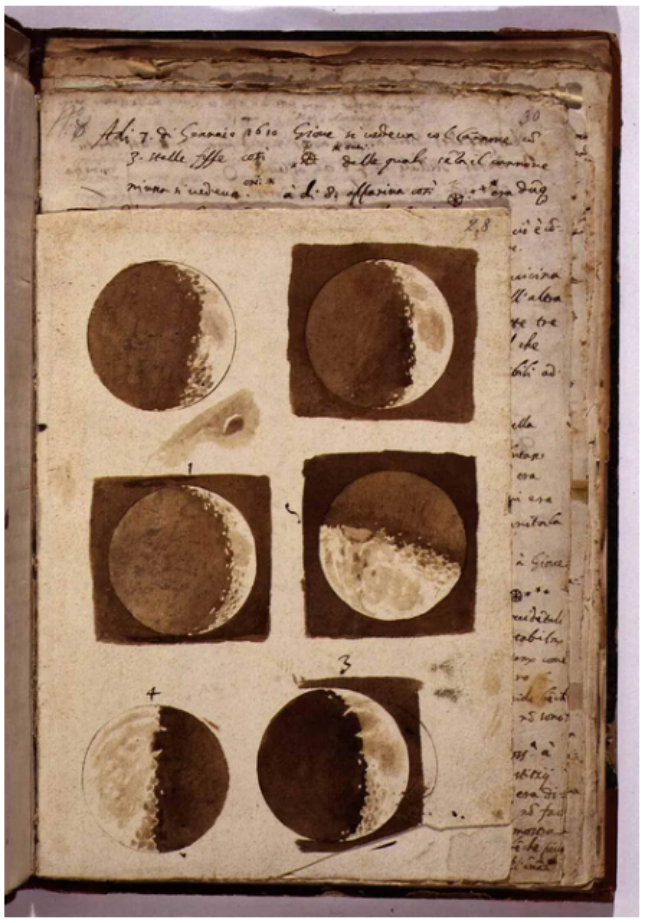
If you have visited the Boerhaave museum in Leiden, then you must have come across the work of Maria Sybilla Merian and her famous Metamorphosis insectorum Surinamensium. She was interested in the metamorphosis of insects and documented their transformation through expertly crafted illustrations. Through careful observation, she elucidated for the first time how insects, especially butterflies and moths, transformed during their development.4,6
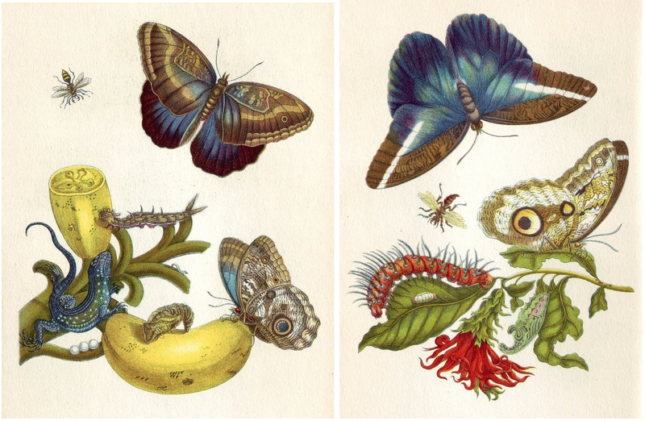
A more recent example is Ernst Haeckel. His scientific career was successful. As a contemporary of Darwin, he made important contributions to the understanding of evolution. While discovering novel lifeforms from microscopic organisms to mammals and flowering plants, he also captured his findings in detailed illustrations.5 Sharing the wonders and beauty of biodiversity on earth with a wide audience.
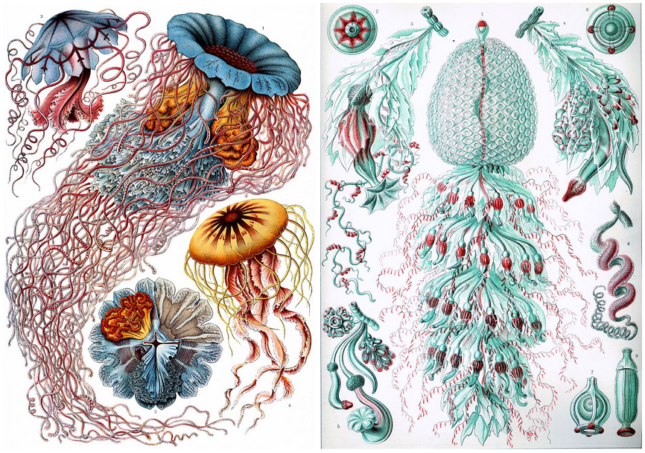
Interestingly, there is one scientist that had nicely illustrated works, but could not really draw himself: Darwin. He reportedly resisted picking up the skill, even though it was a typical part of the training of scientists in his day. In his autobiography, he expressed regret over this decision and although he never managed to pick it up himself, strongly encouraged his children to polish their drawing skills.6,7
The examples above show that drawing can be a useful skill for scientists in many ways: as a tool for arranging and visualizing ideas, describing novel species, or capturing the surface of a planetary body far far away. However, the drawings do not need to be this elaborate to be useful for a scientist. At any skill level, the process of drawing encourages careful observation and to think about problems from a visual perspective. So next time you are out and see a beautiful flower, cute sheep or even the night sky, have a try and make some new discoveries for yourself!
This concludes the first article in this series on science and art. In the next part, we will dive deeper into modern forms of artistic skills used in science. Stay tuned!
Sources:
- Museum of Science, Boston; “A MAN OF SCIENCE”; https://www.mos.org/leonardo/scientist
- Susan Broomhall, Greg Ivey and Nicole. L. Jones; “How Leonardo da Vinci, ‘Master of Water’, explored the power and beauty of its flow.”; https://theconversation.com/how-leonardo-da-vinci-master-of-water-explored-the-power-and-beauty-of-its-flow-112401
- M.Özgür Nevres; “Moon Drawings of Galileo Galilei”; https://ourplnt.com/moon-drawings-galileo-galilei/#axzz6xxZRzdAk
- Katheryine Tyrell; “About Maria Sibylla Merian”; https://www.botanicalartandartists.com/about-maria-sibylla-merian.html
- Emma Taggart; “Before Macro Photography, This Scientist Used To Illustrate His Microscopic Findings”; https://mymodernmet.com/ernst-haeckel-art/
- Bethann Garramon Merkle; “Drawn to science”; https://www.nature.com/articles/d41586-018-06832-0
- Bethann Garramon Merkle; “Darwin wouldn’t draw. Seriously”; https://commnatural.com/2017/07/26/darwin-wouldnt-draw-seriously/



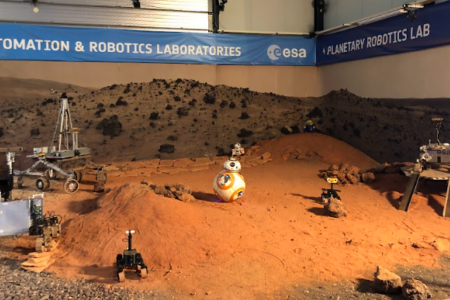
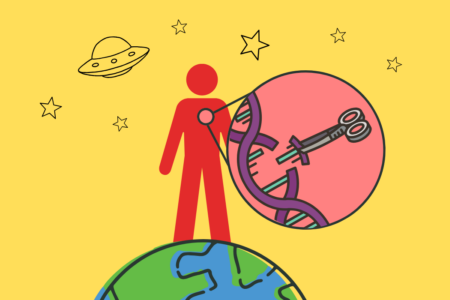
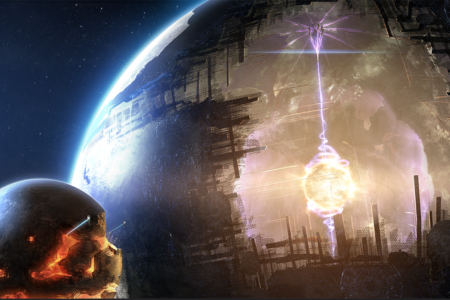
0 Comments
Add a comment